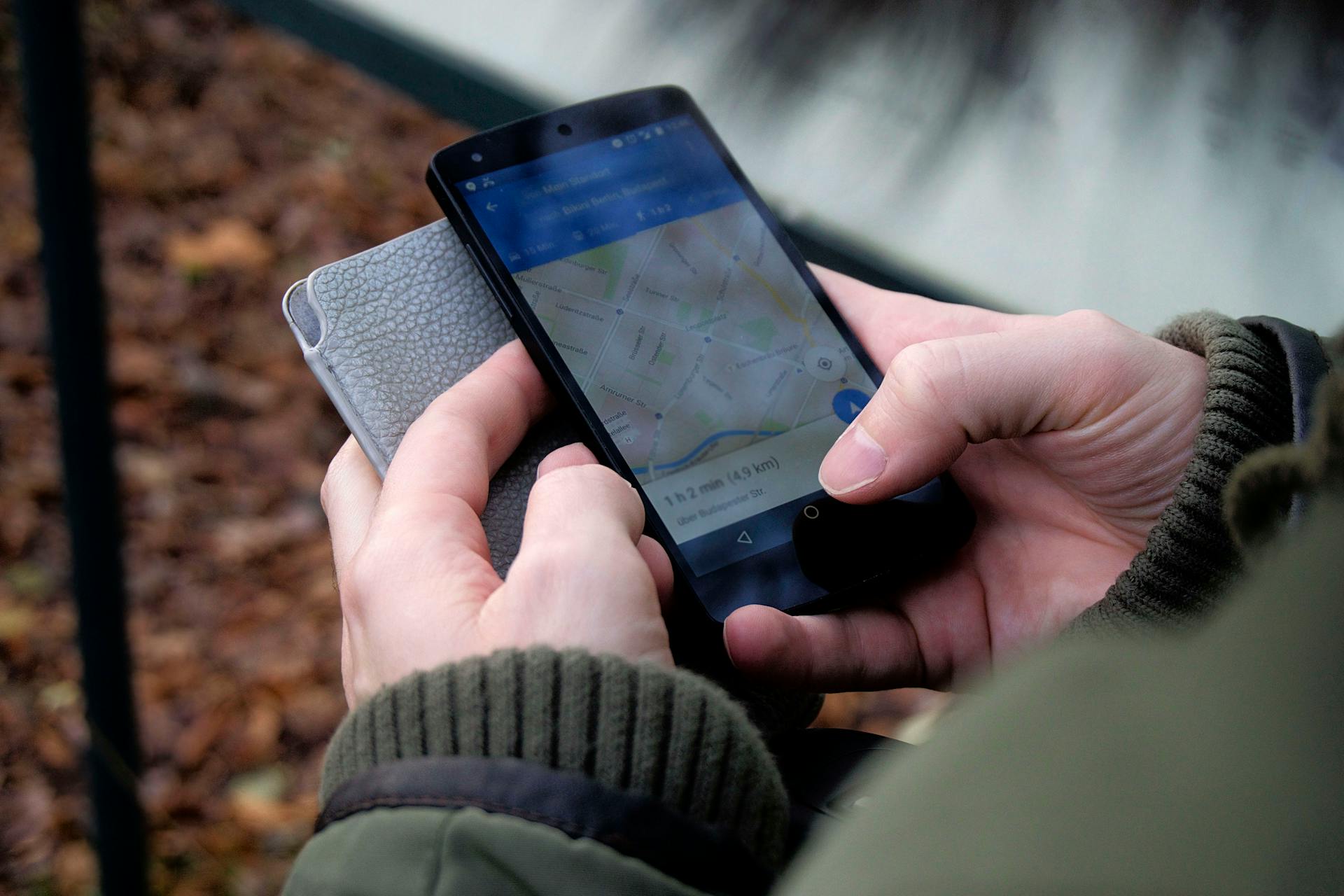
A walkable neighborhood isn’t just about convenience; it directly impacts your health, daily routines, and the environment. Walking instead of driving encourages physical activity, which can help reduce the risk of chronic diseases. It also lowers traffic congestion and air pollution, making communities more sustainable. Living in a walkable neighborhood saves time and money. Whether walking to the grocery store, public transportation, or a nearby park, having everything within walking distance makes life simpler and reduces the need for a car. For those who value independence, walkability can be a game-changer. This article explores how to evaluate walkability in a new neighborhood by looking at safety, accessibility, community features, and nearby amenities. You’ll also learn how to use technology and community feedback to make an informed decision about your future home.
Proximity to Daily Essentials
Access to daily necessities is a significant factor when evaluating a neighborhood's walkability. Look for the availability of grocery stores, pharmacies, schools, parks, and gyms within a short walking distance. Being close to these essential locations simplifies everyday tasks, saving time and reducing the need for frequent car use.
Use apps like Google Maps to measure walking distances to these facilities before choosing a neighborhood. A walkable distance of 10–15 minutes is ideal for convenience and encouraging an active lifestyle. Proximity to grocery stores makes stocking up on fresh produce easier, while nearby pharmacies ensure quick access to medical supplies. Schools within walking distance, besides making morning routines smoother, also provide a safer environment for children. Parks offer space for relaxation and exercise, and a gym close by can support a regular fitness routine.

Google Maps can be a great asset when choosing a home since you can evaluate walkability in a new neighborhood and check the proximity of the facilities
Safety First: Evaluating Crime and Traffic Concerns
Safety should always be a top priority when evaluating walkability in a new neighborhood. Start by checking the crime statistics for the area. Local police departments and websites like NeighborhoodScout provide updated crime data that can help you gauge neighborhood safety. A high crime rate could make even the most walkable neighborhood less appealing.
Next, observe the traffic flow and driver behavior. A neighborhood with heavy traffic or reckless drivers can be dangerous, especially for pedestrians. Take note of how cars move through the streets, particularly during peak hours.
Lastly, look for proper pedestrian infrastructure. Check for crosswalks at major intersections, functional traffic signals, and speed limits in residential zones. Walking is a more relaxed and enjoyable activity in neighborhoods where traffic is well-controlled, contributing to a safer and more pleasant environment.
Exploring Community Features That Foster Walkability
Community features in the new neighborhood considerably influence its walkability and appeal. Look for nearby parks, trails, and open spaces that promote outdoor activity. Besides offering places for exercise and relaxation, these areas also contribute to a more pedestrian-friendly environment.
Local events and farmers' markets are another feature that can enhance walkability. These events draw people out of their homes and into the streets, creating a lively and connected community. Attending a market or outdoor gathering can make a neighborhood feel more engaging, fostering a sense of belonging and connection with others.
Community involvement is another factor that supports walkability. A neighborhood with active residents who care about keeping sidewalks clean, maintaining green spaces, and advocating for safer pedestrian routes typically feels more inviting. Residents' efforts to improve their surroundings contribute to a culture that values walking and outdoor activities, making the area more pleasant.

Farmer’s markets gather people around, preserving a sense of community and enhancing walkability
Tech Tools to Measure Walkability Like a Pro
Tech tools can help you assess how pedestrian-friendly a place is before stepping in. Several apps and websites offer valuable insights into how pedestrian-friendly an area is. Here’s how to use them effectively:
- Walk Score: This app provides a walkability score based on the proximity of amenities like grocery stores, schools, and public transportation. A score of 70 or above usually indicates a walkable neighborhood.
- Google Maps: Not only does it provide directions, but it also shows nearby businesses, bus stops, and bike lanes. You can use it to gauge walking distances and estimate how far key spots are.
- Satellite View: Use Google Maps’ satellite view to explore neighborhood layout. This feature allows you to see how close parks, stores, and other points of interest are.
- Street View: Google’s Street View lets you take a virtual walk down the streets of a neighborhood.
The Environmental Benefits of Choosing a Walkable Neighborhood
Choosing a walkable neighborhood has several environmental benefits that can improve personal well-being and the planet. By reducing car dependency, walkability in a new neighborhood helps lower carbon emissions and minimizes your ecological footprint. When essential services are within walking distance, fewer people rely on cars, reducing pollution and traffic congestion.
Parks, community gardens, and tree-lined streets promote better air quality and provide natural cooling, helping to reduce urban heat islands. These areas also improve mental health and contribute to overall environmental health.
Lastly, walkable neighborhoods often incorporate permeable sidewalks and green infrastructure, helping manage stormwater more effectively. It reduces runoff and the risk of flooding. Supporting walkability also curtails urban sprawl, preserving surrounding natural landscapes and reducing pressure on undeveloped areas.

Neighborhoods with high walkability are the ones that offer the healthiest environment to its residents
How Pedestrian-Focused Neighborhoods Affect Moving Logistics
Moving into a pedestrian-focused neighborhood can be a great choice, but it does come with unique logistics challenges.
- Parking Availability: Before you move, check access to parking for moving trucks. If parking is scarce, you might need a special permit to park in the area.
- Access Roads: Pedestrian-friendly areas often feature narrower roads or pathways that may not accommodate large moving trucks.
- Elevators and Staircases: Elevators are essential for moving large items in apartments or high-rise buildings. If there is no elevator, you’ll need to plan for using stairs, which could significantly slow down the moving process.
- Street Regulations: Look into local parking and street access rules in pedestrian-heavy zones. Some areas might have restrictions on the size of vehicles that can park on the streets.
In these neighborhoods, finding an interstate moving team experienced in navigating narrow streets and tight spaces is vital. A professional moving team can help manage these obstacles efficiently and ensure that your move goes smoothly.
How to Use Community Feedback to Evaluate Walkability in a New Neighborhood
Collecting valuable feedback from the community when looking for your dream home is essential to accurately evaluate the walkability in a new neighborhood. Start by checking online reviews and forums where residents discuss their experiences. Websites like Yelp, Google Reviews, or neighborhood-specific platforms can give you honest insights into how pedestrian-friendly an area is.
Likewise, talking directly to current residents can give you valuable practical details about traffic, sidewalks, and accessibility that online resources may miss. Ask them about their daily walks and whether they feel safe and comfortable in the neighborhood.
Another great way to assess walkability is by joining local social media groups, like Facebook or Nextdoor. These platforms allow you to ask specific questions about walking in the area.
Attending town hall meetings or local government events is also helpful. Here, you can hear about upcoming infrastructure projects or neighborhood improvements affecting walkability.
Final thoughts
In conclusion, understanding how to evaluate walkability in a new neighborhood is vital for your lifestyle and moving logistics. You can make informed decisions about your new home by assessing factors like safety, proximity to necessities, and pedestrian infrastructure. Consider pedestrian-focused areas' challenges, such as limited parking or narrow streets for moving trucks. Whether navigating local regulations or securing storage, planning will ensure a smoother relocation. Remember, considering these factors will make the moving process easier and more manageable and help you enjoy your new neighborhood to the fullest.


